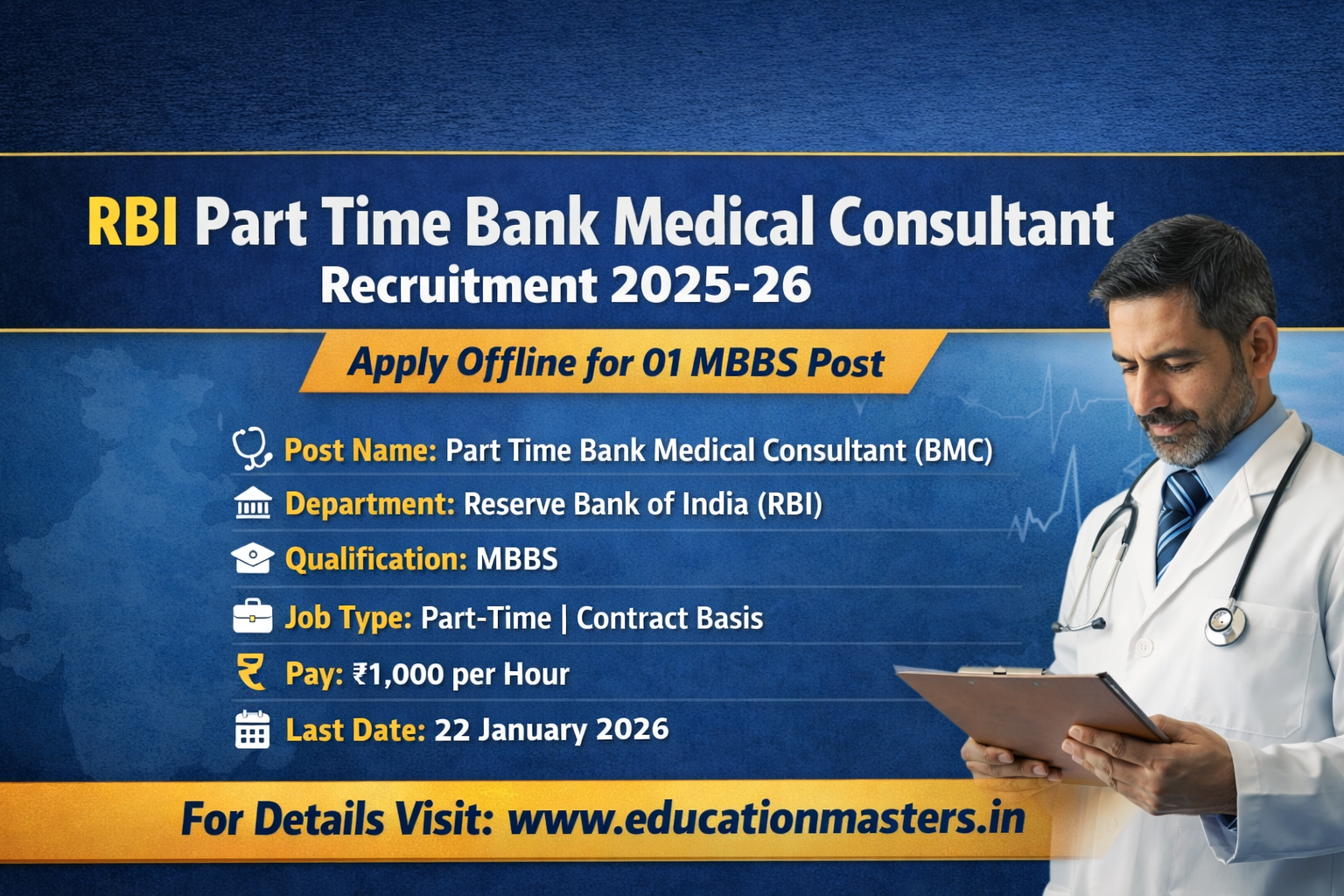Statewise Prepration
Govt. Examwise MCQ
1946+ MCQ Questions in english हिन्दी
SQL stands for:
Used to manage relational databases.
API stands for:
Interface for software component interaction.
RAID level that mirrors data:
RAID 1 — redundancy through duplication.
A process state of “zombie” means:
Terminated yet still in process table.
Virtual memory uses:
Enables running larger programs than physical RAM.
Multitasking OS can run:
Handles concurrent processes.
Two-factor authentication adds:
Enhances account security (e.g. code + password).
A firewall is used to:
Network security barrier
Phishing is:
deceitful emails/websites to steal info.
What does VPN do?
Protects privacy via secure tunneled connection.
HTTP uses which port by default?
Port 80 — standard web traffic.
IP address uniquely identifies:
End device in network communication.
OSI model has how many layers?
Seven — layers from physical to application.
A full binary tree of height h has:
Maximum nodes in perfectly balanced tree.
Big O of binary search on sorted array:
Logarithmic time — halving search space each step.
Which structure uses key-value pairs?
Hash map — fast lookups.
The first woman Chief Minister of Uttar Pradesh was:
Explanation: Sucheta Kripalani became the first woman Chief Minister of Uttar Pradesh in 1963. She was also the first woman to hold such a post in any Indian state. She played a significant role in the independence movement and in state politics.
The Legislative Assembly of Uttar Pradesh has how many members (as of 2024)?
Explanation: The Vidhan Sabha (Legislative Assembly) of UP has 403 elected members. It is one of the largest state legislatures in India. These members are directly elected through general elections.
Which of the following Chief Ministers of Uttar Pradesh later became the Prime Minister of India?
Explanation: Charan Singh served as the Chief Minister of UP and later became the fifth Prime Minister of India. He was a leader of the farmer community and promoted agrarian policies. His tenure as PM was brief but historically important.
The Governor of Uttar Pradesh is appointed by the:
Explanation: As per Article 155 of the Constitution, the Governor of a state is appointed by the President. The Governor is the nominal executive head of the state. He or she acts on the advice of the state’s Council of Ministers.
How many seats does Uttar Pradesh contribute to the Lok Sabha? A. 72 B. 75 C. 80 D. 82
Explanation: Uttar Pradesh sends 80 members to the Lok Sabha, the highest among all Indian states. This makes it politically significant in national elections. Its large population is the reason for such high representation.
Uttar Pradesh was originally known as what before 1950?
Explanation: Before the adoption of the Indian Constitution, the region was known as the United Provinces of Agra and Oudh. It was renamed Uttar Pradesh on 26 January 1950. This marked its formal inclusion as a state in the Indian Republic.
The Uttar Pradesh State Election Commission is responsible for conducting elections to:
Explanation: The State Election Commission conducts elections to urban local bodies and Panchayati Raj institutions, while the Election Commission of India handles Lok Sabha and Assembly elections. It ensures free and fair local governance in the state.
Who appoints the Advocate General of Uttar Pradesh?
Explanation: Under Article 165, the Governor appoints the Advocate General, who is the highest law officer in the state. The AG advises the government on legal matters and represents it in court. He/she holds office at the Governor’s pleasure.
Which article empowers the Governor to reserve a bill for the President’s consideration?
Explanation: Article 200 empowers the Governor to either assent, withhold, or reserve a bill for the President's consideration. This is done when the bill may contradict central laws or touch upon matters beyond state jurisdiction. It adds a layer of constitutional check.
How many members from the Uttar Pradesh Legislative Assembly are elected to the Rajya Sabha?
Explanation: Uttar Pradesh sends the largest number of members to the Rajya Sabha—31—due to its population and Assembly size. These members are elected by the MLAs through a proportional representation system using the single transferable vote. This shows UP’s influence in national politics.
Who decides the disqualification of an MLA in the UP Assembly on grounds of defection?
Explanation: Under the Tenth Schedule (Anti-Defection Law), the Speaker of the Assembly is empowered to decide on disqualification of a member. The Speaker’s decision can later be challenged in court. This provision ensures party discipline within the legislature.
Uttar Pradesh Public Service Commission (UPPSC) was established in the year:
UPPSC was constituted on 1st April 1937 under the provisions of the Government of India Act, 1935. It continues under Article 315 of the Constitution. The Commission conducts civil services and other recruitment exams for the state.



.png)


